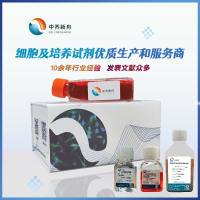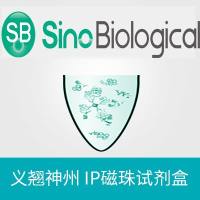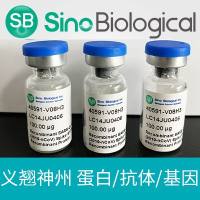Biochemical Analysis of the Cell Cycle and Cell Cycle Checkpoints in Transiently Transfected Cells After Collection With Magnetic Beads
互联网
609
It is frequently necessary to examine the biochemical effects of ectopically expressed proteins or short hairpin (sh) RNA-mediated protein knock-down in intact cells. Plasmids that direct the expression of ectopic proteins or shRNAs can be conveniently introduced into cells by transient transfection of plasmid DNAs. However, most protocols used for the transient transfection of plasmid DNAs introduce the foreign DNA into only a minority of the total cells. Therefore, to investigate the biochemical effects of the foreign DNA it is necessary to purify the transfected cells away from the untransfected cells. This can be easily achieved by cotransfection of a plasmid encoding the cell surface marker protein CD19 or CD20, followed by immunopurification of the CD19- or CD20-expressing cells with magnetic beads coated with an anti-CD19 or anti-CD20 antibody. The purified cells can be used for a wide range of biochemical analyses, including protein extraction for Western blot and immunoprecipitation, RNA extraction for Northern blot, and DNA and chromatin extraction for nuclease digestion. Since the CD19/CD20 cell surface marker approach can be readily combined with analysis of cell cycle distribution of propidium-iodide-stained cells, it is straightforward to simultaneously determine the biochemical and cell cycle effects of an ectopically expressed or knocked-down protein.









